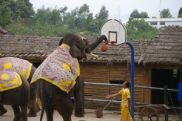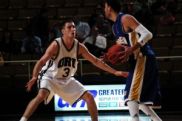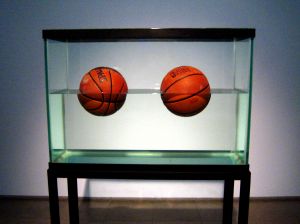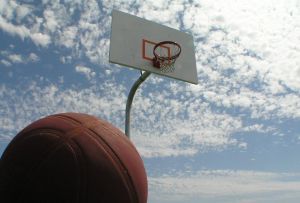Both accomplish different things for your body and mind and both are essential to your health. Although fleeting exercise fads will often tout one over the other, both cardio and strength training are important. Here is why.
General Benefits of Weight Training
The most notable weight training benefit shown by research is the age-reversal effect. Subjects who performed only moderate weight training routines demonstrated muscle mass, cardiovascular fitness, coordination and bone density comparable to those who were 20 years their junior! This result was thought to be due in part to increased growth hormone secretion.
Other benefits include increased metabolism, greater lean muscle mass, decreased body fat, reduced risk of osteoporosis, stronger connective tissue, greater joint stability, and more strength for every day activities. Working out with free weights also improves balance and coordination.
General Benefits of Cardio-Respiratory Exercise
Cardio, or aerobics, increases both heart and lung capacity and causes your body to produce an increased number of blood vessels.
As a result, more nutrients and oxygen are delivered to every cell, while toxins and waste products are quickly removed from your body.
The net result is you gain increased energy and ability to perform physically as well as mentally.
Cardio fitness helps your strength training program by enabling you to lift with greater intensity for longer periods before the fatigue of lactic acid burn overcomes you.
There is a distinctive runners’ high that often occurs with activity lasting 40 minutes or more, probably resulting from the natural endorphine production triggered by aerobics. Oh, and one other thing – cardio exercise burns fat!
Cardio vs. Strength Training
As described above, strength training directly impacts your metabolism, muscles, bone density and body fat composition, while cardio trains the lungs, heart and vascular systems.
One interesting difference between cardio-respiratory exercise and strength training lies in the equipment we use to assist our workout. Although the matter is subject to debate, it appears that strength training is best assisted by non-machine-based equipment (free weights, dumbbells etc.), while cardio activity is better assisted by machines.
In brief, the main reasons underlying the weight training “simplicity rule” involve the fact that simple and cost-effective free weights allow for natural movement in three-dimensional space, exercising both your primary mover and stabilizer muscles. You train many muscles at once, compared to machine-based exercises that usually train only one muscle at a time.
Cardio-respiratory exercise, however, carries the opposite rule – shall we call it the “Complexity Rule”? Unfortunately, some of the most effective aerobic workouts involve high-impact force, which over time causes joint injury and decreased functional capacity.
Machines will often buffer the high impact of cardio activity. A bicycle, for example, is a machine that enables us to perform aerobic activity through pedaling off the ground, and protecting our joints from the high impact we would experience if our feet were allowed to repetitively pound a hard surface.
Low-impact activity, however, usually means low-intensity. Low-impact exercise therefore will often fail to achieve the same level of benefit as higher-impact exercise, and must be performed for longer durations to get any benefit at all in terms of cardio-respiratory fitness and weight control. Despite myths to the contrary, science has proven that walking a mile is not the same as jogging a mile.
The latest development in cardio machines have enabled the fusion of low-impact and high intensity cardio training. You are able to train intensely and effectively without jeopardizing the integrity of your joints. So, there is a solution to the high-impact dilemma of cardio. As for weight training – just continue to carry on with your dumbbells. Save your money for investing in a high-tech cardio machine.
About the Author:
Janet Ford is President of PowerFit LLC and co-owner of TheFitWoman.com, a website of women’s weight training and fitness equipment, including the high-tech cardio machines and the low-tech dumbbells discussed in the above article. She is an experienced weight trainer, marathon cyclist, and primary author of The Fit Woman Blog
Article Source: EzineArticles.com





